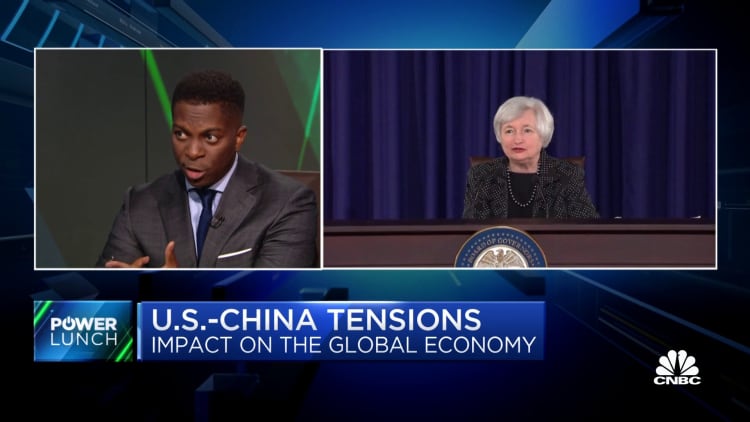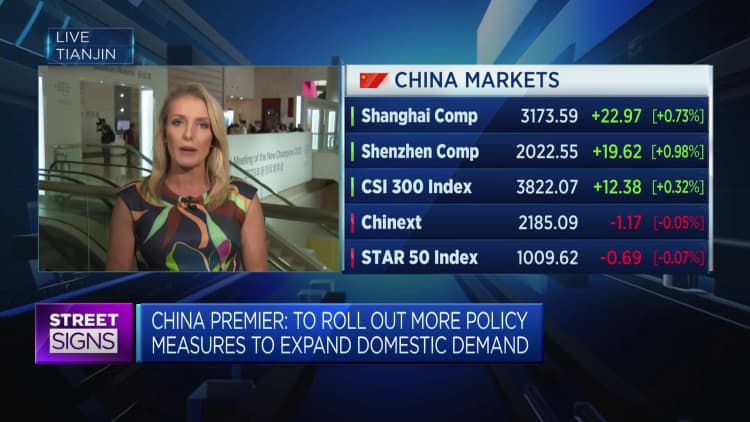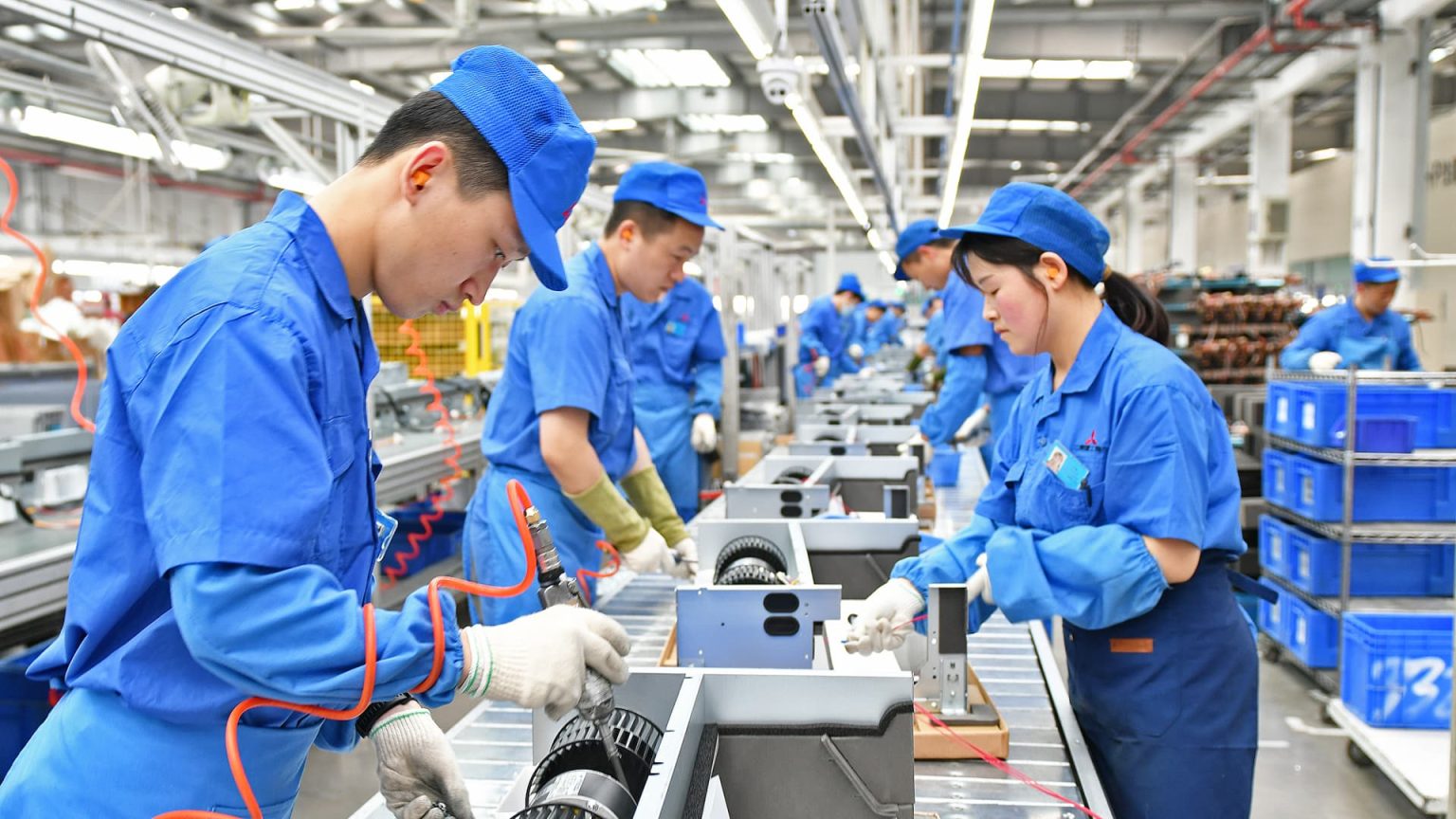China’s factory activity grew more slowly in June, a private-sector survey showed on Monday, corroborating official data last week that pointed to stuttering growth in the world’s second-largest economy.
The Caixin/S&P Global manufacturing purchasing managers’ index slipped to 50.5 in June from 50.9 in May. Economists expected the reading to hit 50.2 for June, according to a Reuters poll. The 50-point mark separates expansion from contraction.
China’s National Bureau of Statistics released data last Friday that showed the country’s official manufacturing PMI coming in at 49.0 in June — compared with 48.8 in May.
“A slew of recent economic data suggests that China’s recovery has yet to find a stable footing, as prominent issues including a lack of internal growth drivers, weak demand and dimming prospects remain,” said Wang Zhe, senior economist at Caixin Insight Group.
“Problems reflected in June’s Caixin China manufacturing PMI, ranging from an increasingly dire job market to rising deflationary pressure and waning optimism, also point to the same conclusion.”
The Caixin manufacturing PMI surveys around 650 private and state-owned manufacturers that tend to be more export-oriented and located in China’s coastal regions, while the official PMI surveys 3,200 companies across China.
Pressing issues
Some of these problems include business confidence in China in June hitting an eight-month low. Input prices also fell at their quickest pace since January 2016, due to weaker-than-expected demand along with improved supply.
The Caixin survey also found that the marginal manufacturing growth in June was largely driven by improved domestic sales, as new export business was broadly unchanged as weak economic conditions dampened foreign demand.
In a finding that is perhaps more troubling for policymakers, manufacturers in China who participated in the survey also reported employment falling for a fourth month in a row, due to muted sales growth and capacity readjustment.
In a statement released late Friday after its monetary policy committee’s quarterly meeting, the People’s Bank of China acknowledged the weak demand and sluggish growth that account for the tepid and uneven growth recovery.
The PBOC also reiterated that monetary policy should be “precise and forceful.”

Policy support
The Chinese central bank also pledged to increase financial support for companies to stabilize and expand employment and optimize countercyclical monetary adjustment. It also indicated it will “resolutely prevent” the risk of large swings in the exchange rate, while maintaining the basic stability of the renminbi exchange rate at a reasonable level.
“Employment and stable prices will effectively support the expansion of domestic demand, boost consumption, promoting a virtuous circle of economic growth that will support the real economy,” the PBOC said.
China’s State Council, or cabinet, had pledged in mid-June to roll out “more forceful measures” in a timely manner to enhance the momentum of economic development, optimize the economic structure, and promote sustained recovery.

However, the electric car industry — which includes vehicles, battery charging stations and power grids — is the only area in which the central Chinese government has announced the most specific stimulus measures so far, primarily in the form of extending tax breaks.
The State Council also proposed last Thursday measures to boost the consumption of household products, without going into details.
Market watchers are anticipating the next steps from a Politburo meeting in July, during which the Communist Party’s top brass will review the country’s economic performance in the first half of the year.
Read the full article here




